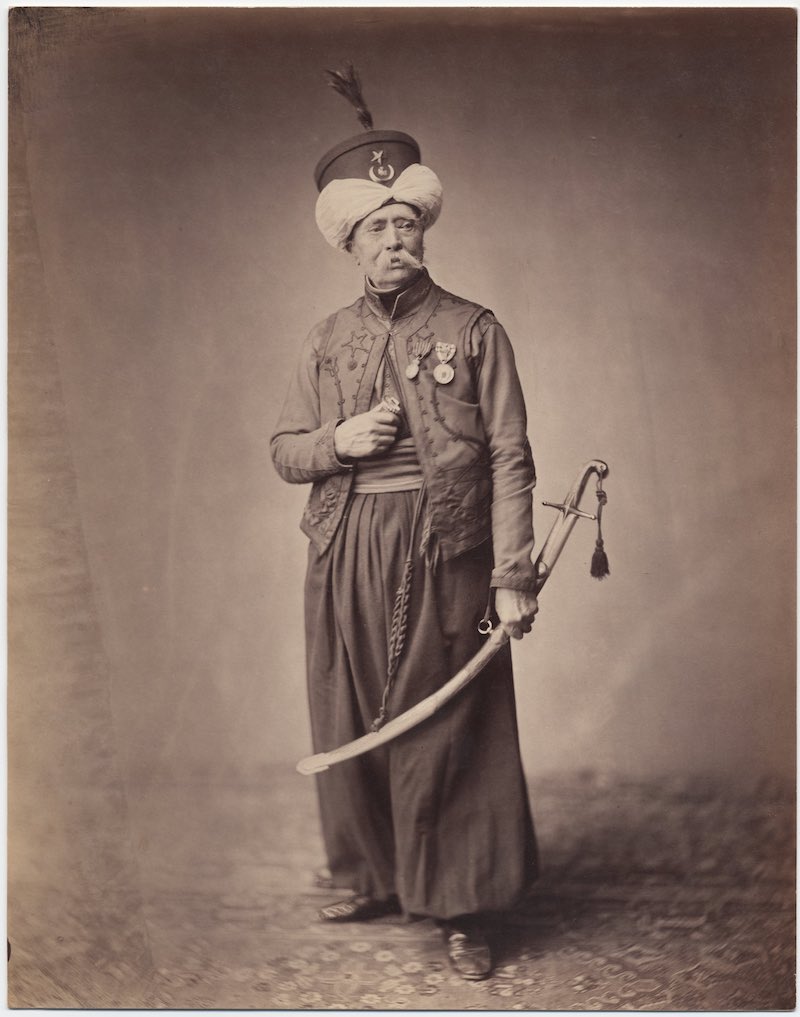Historians have debated for centuries how Napoleon Bonaparte managed to turn the same men who once overthrew a king in the name of liberté, égalité and fraternité into a formidable fighting force devoted to an emperor. But that’s precisely what he did. As he swept through Italy, Spain and Egypt, his army grew rapidly and not just with French troops. Polish, German, Dutch and Italian soldiers took up arms under Napoleon’s banner. In 1805, in a French village facing the English Channel, Napoleon christened his massive multinational army the Grande Armée.
Originally, the diminutive despot from Corsica planned to use the force to invade Britain but that ultimately never happened. Instead, he directed his force to take out some of his continental rivals. The Grande Armée destroyed the Holy Roman Empire at Austerlitz. After it forced the Austrians into submission following the Battle of Wagram in 1809, the Grande Armée set out for Napoleon’s disastrous campaign in Russia. As it marched towards Moscow in 1812, its ranks swelled to over a half million troops. As it retreated, it was reduced to less than 120,000.
Napoleon and the Grande Armée were finally defeated in 1815 during the Battle of Waterloo. And though Napoleon was ignominiously exiled to Elba, he, and his army, continued to be revered by the French. On the anniversary of his death, May 5th, veterans of the Napoleonic wars would pay homage to the Emperor by marching in full uniform through Paris’ Place Vendôme.
In 1858, someone took portraits of the veterans using that newfangled technology called photography. The men were well into old age when the pictures were taken, and some were clearly struggling to stay still for the length of the camera’s exposure. But they all look impressive in their uniforms complete with epaulettes, medals, sashes and plumes. You can see some of the images above. Click on each to enlarge them.
The photographs, highlighted this week on Mashable, come from a website hosted by Brown University. There you can see more images from the collection.
via Mashable
Related Content:
14,000 Free Images from the French Revolution Now Available Online
The First Color Photos From World War I: The German Front
Napoleon: The Greatest Movie Stanley Kubrick Never Made
Jonathan Crow is a Los Angeles-based writer and filmmaker whose work has appeared in Yahoo!, The Hollywood Reporter, and other publications. You can follow him at @jonccrow. And check out his blog Veeptopus, featuring lots of pictures of vice presidents with octopuses on their heads. The Veeptopus store is here.






Incredible reach back in time!
Any text to go along with the images?
Wonderful little bit of time travel. Thank you. Would love to know what the photographic process was. I’m a little rusty on my history of photographic processes.
Why do you keep repeating the lie that Napoleon was diminuative?
Just British propaganda at the time and continuing British propaganda afterwards to level the great man who destroyed monarchies all over the continent. Well above average height for the time.
As I understand, Napoleon was 5′2″ in the French measure which made him roughly 5′6″-ish in height as we measure today. That is a bit taller than the average of the time. The work of British cartoonist James Gillray went a long way to create the thought that he was small and the term Napoleon complex. The above pictures are fascinating.